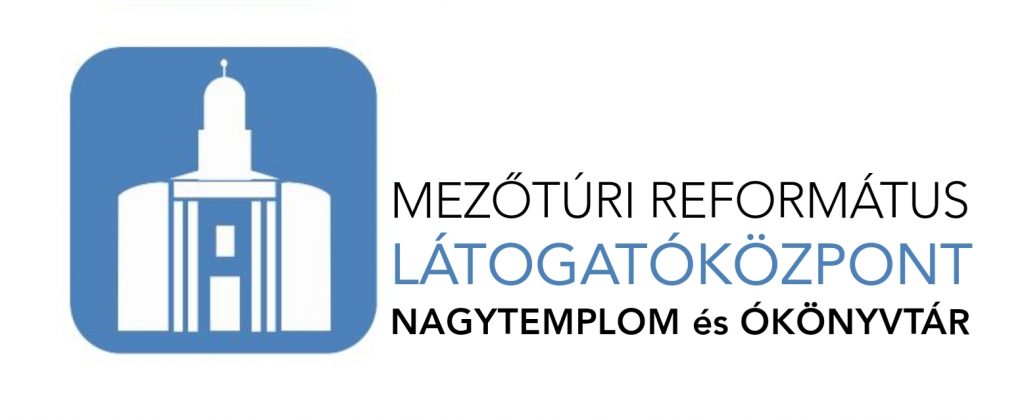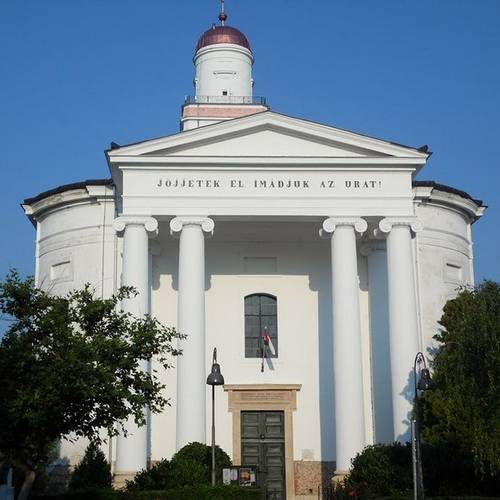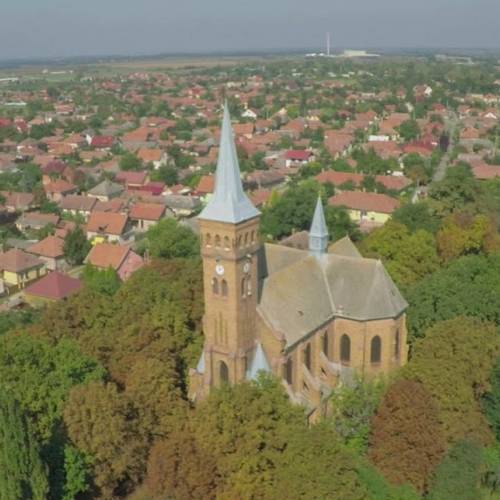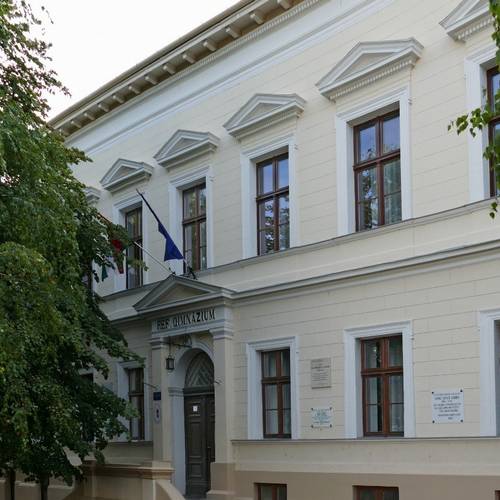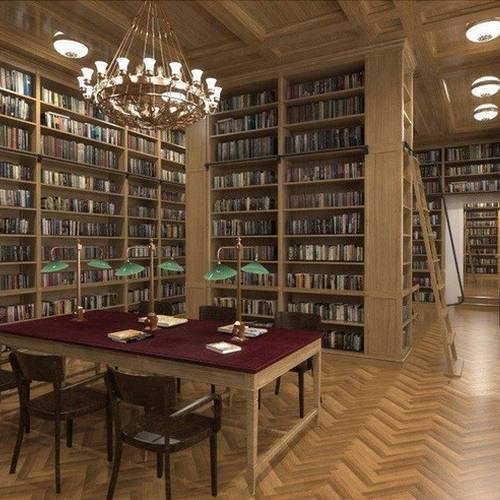Mezőtúr Protestant Visitors’ Centre
The Mezőtúr Protestant Parish is responsible for the maintenance of the Mezőtúr Secondary School of the Protestant Church, the Assisted Living Residence of the Mezőtúr Protestant Parish and the cemeteries located in the town’s historic districts known as Alsórész and Felsőrész.
Mezőtúr Secondary School of the Protestant Church consists of five centrally-located units: the secondary school, the vocational school, the primary school, the kindergarten and the student hostel where 150 employees tend to the everyday educational and spiritual needs of some 800 students. With further 120 employees, the Assisted Living Residence of the Mezőtúr Protestant Parish provides access to resident geriatric care and other care services for the elderly at two premises.
In addition to commemorative events to honour the 500th anniversary of the Reformation, 2017 marked the commencement of ambitious refurbishment and restoration work carried out on the Parish’s historic monument buildings. The resulting Visitors’ Centre opens in 2019.
The restored premises of the Mezőtúr Protestant Visitors’ Centre are:
Downtown Protestant Great Church: With a capacity of receiving more than 2,000 visitors, the historic monument church built in 1792 houses an organ constructed by Ferdinand Komornyik in 1854 and exhibition space on church history at the base of the 51-metre tall belfry.
Antique Library: the library building housing old Hungarian books dating from the 1500s has now been reinstated at its original place with an adjacent museum on the School’s history. The Library has also received the Hungarian Heritage Award and has been declared a Historic Site by the Institute for National Heritage of the Hungarian National Trust.
Assembly Hall: the Hall in the secondary school’s main building constructed in 1889 and its vicinity boast restored decorative glass windows and restored original decorative painting.
The Mezőtúr protestant parish: a history
The Mezőtúrians were amongst the first parishioners to have joined the upheaval of the Reformation in Hungary. This renewed ambition is marked by the foundation of a protestant school by Lukács Túri Szabó and Jakab Túri Sánta in 1530. Also, it is certain the vast majority of the inhabitants had professed to be Calvinists by 1551. From 1551 to 1553, István Szegedi Kis proselytised in the town as a preacher and the first known rector of the secondary grammar school. Their achievements resulted in a flourishing school in Túr for long centuries, operating as part of the Debrecen College. Through resources of their own, the Protestant inhabitants of the town maintained the boys’ school, which prospered even under the Ottoman occupation.
The Ottomans carried the stones originally used to build the medieval church to set up a water mill at the banks of the Berettyó Canal in 1630. However, it can be said that Ottoman rule was a relatively more relaxed period in ecclesiastical circles, and the Protestant Church could finally gain strength.
By the end of the Ottoman occupation, the relative tranquillity had also ended. Between 1705 and 1710, the population of the town had to flee the Raci invasive attacks on two occasions to find shelter in Vezekény near the Tisza River and the Várkony plains. Those who chose to return witnessed abhorrent devastation and a town in ruins. By the mercy of our Lord, 1714 saw the arrival to Túr of János Püspöki Sillye to renew church life. Not only did he unify the parishioners, but he also cared for their spiritual welfare when he began reconstructing the great church. Keeping the first civil register of the Church that has remained in existence to this day is also associated with his name.
In the period between 1790 and 1792, the reinforced Church erected the Downtown Great Church that still exists today.
The 19th century passed under the auspices of construction work. Between 1843 and 1845, the great church was refurbished, and the pipe organ inside it was finished in 1855. Construction of the secondary grammar school building started in 1884 and was delivered in 1889. In 1896, the growing number of people of Újváros (New Town) in Mezőtúr received their new church building together with a new central primary school building constructed between 1898 and 1899. This school later became the John Calvin Primary School which is now known as the Protestant Primary School.
In the 20th century, the two world wars resulted in utter devastation in both stone and heart. Both our churches were damaged, their pipe organs were beyond repair and the Church institutions were nationalised with their wealth seized in a bid to confine Protestant Church life within their churches’ walls.
The regime change in 1989 sparked a revival of the Church. The Mezőtúr Protestant Parish regained control over its school system and opened a Protestant Assisted Living Residence for the elderly. The Protestant Visitors’ Centre opened in 2019 where one can visit the Hungarian Heritage Award-winning Antique Library, which has also been declared a Historic Site by the Institute for National Heritage of the Hungarian National Trust, the Assembly Hall found in the Secondary School’s main building and the Downtown Protestant Great Church.



